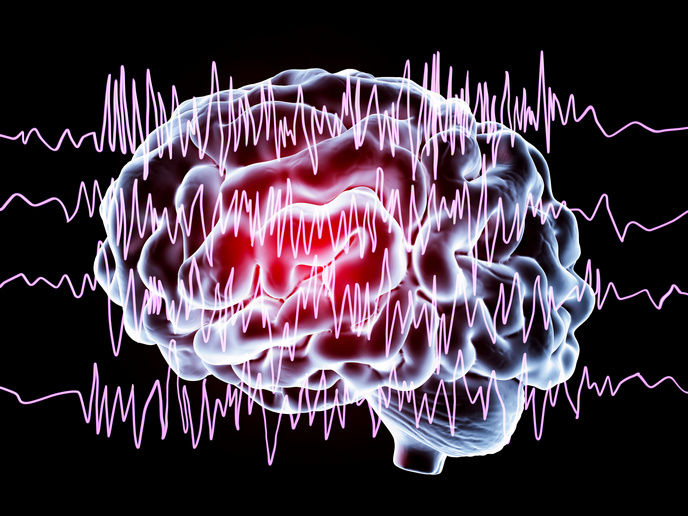Brain stimulation shown to help boost motivation
Motivation is influenced by both anticipated rewards resulting from action, and the effort required. Researchers already know a lot about how the brain processes rewards, involving a chemical called dopamine(opens in new window). However, less is known about effort processing. Recent studies suggest a role for noradrenaline, another chemical affecting the whole brain, released by the brain stem arousal system. Ultimately, both the dopamine and noradrenaline systems may interact and affect the prefrontal cortex(opens in new window), a brain part involved in planning and monitoring our actions. The Marie Skłodowska-Curie Actions(opens in new window) supported BOOMSTIM project discovered that brain stimulation targeting a region called the frontopolar cortex(opens in new window), which lies within the prefrontal cortex, can increase effort for rewards. During decision-making, the team also saw signals in the pupil and the middle part of the prefrontal cortex increase with rising effort levels. Interestingly, they found that as effort increased, these signals became stronger only when participants had committed to the effort and not when they had decided not to. “The brain’s arousal system only seems to take effort into account when a commitment to engage with it has been made,” says Irma Kurniawan, Marie Skłodowska-Curie fellow from the University of Zurich(opens in new window), the project host.
Brain stimulation
To study how the brain’s arousal process prepares us to commit to a difficult task, the team measured the pupil and brain signals of participants while they were deciding whether or not to exert an effort for rewards. Initially, they focused on measuring absolute pupil width – a measure commonly used in other papers on human pupillometry. “Surprisingly we discovered that the rate of pupil width change was much more clearly linked to effortful choices,” explains Kurniawan. The team also used transcranial direct current stimulation(opens in new window), where small electrodes delivered weak electric currents to the nerve cells of 141 participants. This makes the nerve cells more sensitive to impulses from other nerve cells and stimulates them to send impulses themselves. The current was targeted to stimulate the frontopolar cortex, a brain area thought to be important for motivation. Participants had to make decisions about whether they wanted to exert a specific amount of effort to obtain a monetary reward. Efforts could be physical, such as pressing two handles together very hard for a long time, or mental which involved performing a demanding cognitive task. The reward amount was varied, as was the effort’s duration. The researchers found that stimulation designed to make the frontopolar cortex more sensitive indeed did make the participants more willing to increase their efforts. “This was the case for both physical and mental effort. So it seems that the stimulated frontopolar cortex is generally responsible for motivating us in any context,” adds Christian Ruff, project supervisor.
Clinical and non-clinical uses
Corroborating the usefulness of brain stimulation to boost motivation could help treat people who suffer from avolition(opens in new window), common in mental illnesses such as depression and schizophrenia. The team’s results on the energisation signal in the pupil potentially also offers digital medicine biomarkers. “As well as treatments for clinical conditions, brain stimulation could also be helpful for behavioural interventions, for example in education or competitive sports,” says Ruff. The team now intend to explore the possibility of increasing motivation by inducing change in the arousal system using biofeedback from the pupil signal. This would make motivation training possible in a non-clinical setting, for example by using a smartphone with eye tracking technology.







